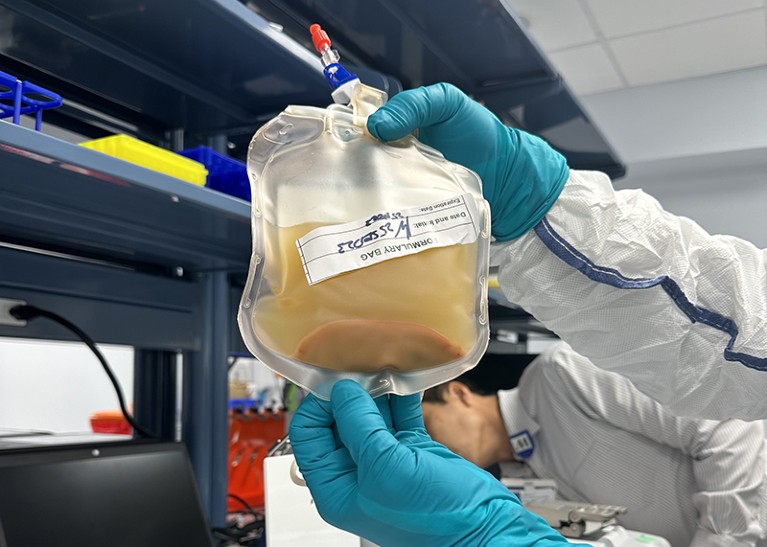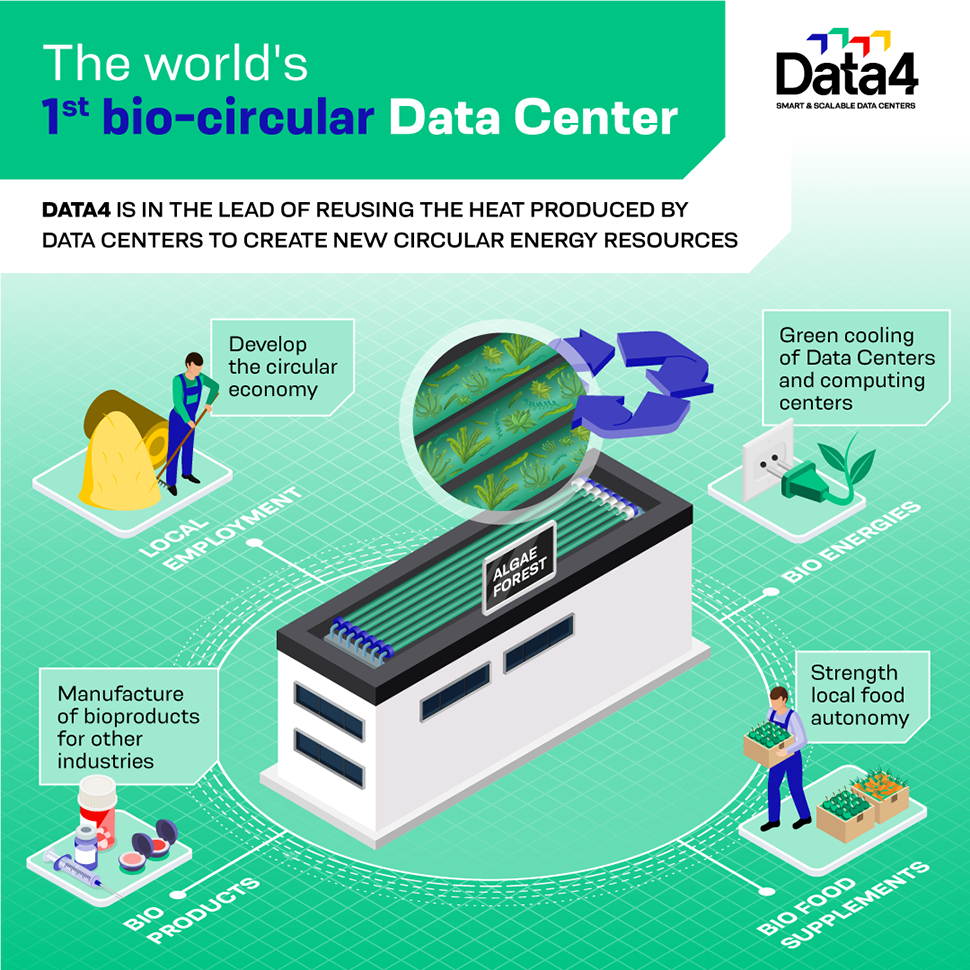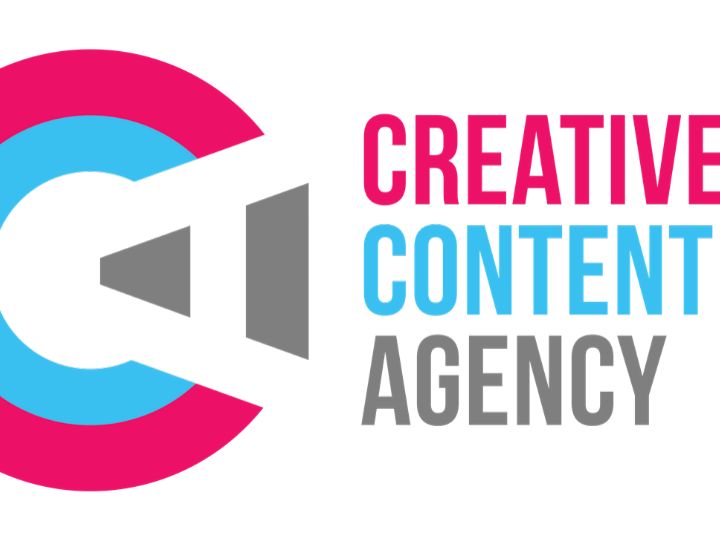Did you know that creative content strategies can do wonders for growing your business?
Through creative content, businesses can expand their reach and build brand loyalty. But the challenge is – capturing your audience’s attention and building a strong online presence.
Finding the right creative content agency for your business, such as Pearl Lemon Experiences, can help you stand out and take your brand to new heights.
In this guide, we will explain five proven creative content strategies to grow your business, as well as tips on how to find the right creative content agency for your business.
5 Proven Creative Content Strategies To Grow Your Business
1. Storytelling and Brand Narrative
Storytelling is an art that can breathe life into your creative content and establish a unique brand narrative. At its core, storytelling involves creating a narrative that resonates with your audience.
Start by defining your brand’s unique story and values. What sets your business apart? Use this narrative as the foundation for your content.
Craft stories that connect with your audience on an emotional level. Share your journey, challenges, and successes. Don’t be afraid to be authentic and vulnerable; it humanises your brand. Incorporate relatable characters and real-life examples into your content to make it more engaging.
Remember, a well-told story can leave a lasting impression and forge a deeper connection with your audience.
2. Personalising Creative Content For Your Audience
Personalising your creative content is the key to making a meaningful connection with your audience. It’s all about tailoring your content to speak directly to your readers’ wants, needs, and preferences.
Start by understanding your audience’s demographics, interests, and pain points. With this information, you can create content that speaks directly to them.
Use language that’s relatable, and address the problems they care about solving. Don’t forget to incorporate real-life stories or examples that your audience can relate to.
The more your audience feels like your content was made just for them, the more engaged and loyal they’ll become.
3. Content Promotion
Search Engine Optimisation
Search Engine Optimisation (SEO) is a fundamental step in promoting your creative content. It’s all about making your content search engine-friendly so that it appears higher in search results.
Start with keyword research to understand what your audience is searching for. Then, integrate these keywords naturally into your content, including titles, headings, and throughout the text.
Pay attention to meta descriptions and alt text for images too; these small details can make a big difference. Finally, aim to earn backlinks from reputable websites, as search engines value these as a sign of quality.
Email Marketing
Email marketing is a direct and effective way to promote your creative content. Begin by building a list of engaged subscribers who are interested in your content.
When sending emails, use compelling subject lines to grab their attention. Personalise your messages and provide value in every email.
Whether it’s a newsletter, product announcement, or content roundup, make sure your email content is engaging and includes clear calls-to-action that direct readers to your creative content.
Monitor open rates and click-through rates to refine your email marketing strategy over time.
Social Media Engagement
Social media is a goldmine for content promotion. Start by identifying the social platforms where your target audience is most active.
Create visually appealing posts with attention-grabbing headlines and share your creative content there. Encourage engagement by asking questions, running polls, or conducting giveaways.
Timing matters, so post when your audience is most active. Use relevant hashtags to increase discoverability, and don’t forget to interact with your followers by responding to comments and messages.
Consistency in posting and maintaining a genuine, human tone are key to successful social media content promotion.
Paid Advertising Campaigns
Paid advertising can give your creative content an immediate boost in visibility. Platforms like Google Ads and social media networks offer various advertising options.
Start by defining your campaign objectives, whether it’s driving traffic, generating leads, or increasing sales. Set a budget that aligns with your goals and target your audience carefully based on demographics, interests, and behaviour.
Craft compelling ad copy and design eye-catching visuals that align with your creative content. Monitor your ad’s performance closely and make adjustments to maximise your return on investment.
Paid advertising can be a powerful tool when used strategically in your content promotion efforts.
4. Content Analytics And Optimisation
Understanding how your creative content performs is essential for continuous improvement. Content analytics provide valuable insights into what’s working and what needs adjustment. Start by tracking key metrics like page views, bounce rates, and engagement.
Tools like Google Analytics can help you gather this data. Analyse the results to identify your most successful content and the areas that may need improvement. Pay attention to audience demographics and behaviour to refine your targeting.
Content optimisation is the next step. Based on your analytics, tweak your content accordingly. Update outdated information, improve readability, and optimise for SEO. Don’t forget to optimise for mobile devices, as more users browse content on smartphones.
Regularly reviewing and optimising your content ensures that it remains relevant and continues to drive traffic and engagement.
5. Content Calendar And Consistency
Maintaining a content calendar is like having a roadmap for your content strategy. It keeps you organised and ensures a steady flow of content.
Start by outlining your content goals and deciding on your posting frequency. Then, create a calendar with specific publication dates and topics.
Consistency is vital; it keeps your audience engaged and coming back for more. Plus, search engines love it. Stick to your calendar, but be flexible enough to adapt to current events or trending topics.
With a well-planned content calendar, you’ll find it easier to manage your workload, produce quality content, and keep your audience eagerly awaiting your next post.
How To Find The Right Creative Content Agency For Your Business
Not every business has the personnel, time, or skills needed to produce content regularly, and will need to enlist outside help to harness its power. Finding the right creative content agency, such as Pearl Lemon Experiences, can significantly impact your business’s success. Here’s a concise guide to finding the perfect fit:
- Define Your Goals: Start by outlining your content marketing objectives. Are you looking to increase brand awareness, generate leads, or boost sales? Clear goals will guide your agency search.
- Evaluate Their Portfolio: Examine the agency’s past work. Do their previous projects align with your vision? Look for versatility—an agency that can adapt to your specific needs.
- Assess Their Services: Ensure the agency offers the services you require, from content creation to distribution and analytics. A comprehensive suite of offerings can streamline your content strategy and provide the best ROI.
- Transparency and Communication: Open, honest communication is vital. Ask about their reporting practises, how they handle challenges, and their response times.
- Budget Alignment: Determine your content marketing budget and make sure the agency’s pricing aligns with it. The right agency will work within your financial parameters while delivering quality results.
- Cultural Fit: Building a strong partnership requires a good cultural fit. Ensure the agency’s values and work culture align with yours. A harmonious working relationship will lead to better results.
Final Thoughts
Finding the right creative content agency can do wonders for your business. From defining your goals and assessing their portfolio to ensuring budget alignment and a cultural fit, each step is crucial. With the right agency, your content strategy can become a powerful tool for success.








